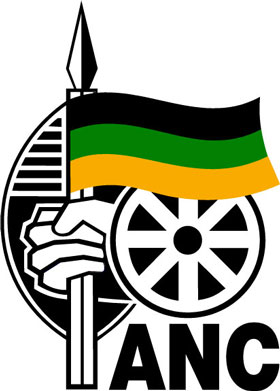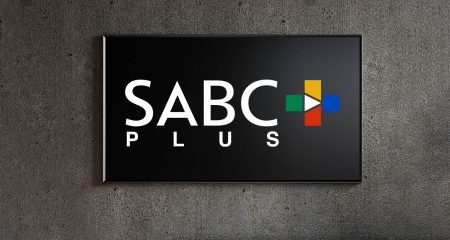
For 22 years, the battle has raged in parliament, the government executive and various courts and tribunals, with long periods of deceptive calm between each episode. Now SA record companies are finally closing in on the R561m they say local radio stations owe them — and the extra R50m-plus that will be injected into their industry every year after they win.
By the Southern African Music Rights Association’s calculations, the total historical payment due would amount to R1,46bn after interest, of which R880m would go to foreign producers.
Nearly 40% of that would be due from the financially struggling SABC, with most of the remainder owed by Kagiso (which owns Jacaranda FM and East Coast Radio) and Primedia (which owns 94.7 Highveld Stereo and KFM).
But, broadcasters are not ready to give up the fight just yet — and as the pace of the dispute picks up, attitudes are getting harsher.
“It is completely unfair that [commercial radio stations] continue to withhold this money and use delaying tactics,” said Keith Lister, the chairman of the SA Music Performance Rights Association, which represents almost all local record labels.
“The local radio sector is among the most — if not the most — profitable in the world. Instead of using that to make our music industry strong and benefit everyone, including themselves, the stations are making a fortune and artists aren’t seeing any of it.”
The National Association of Broadcasters, which represents just about every local radio and television station, in turn blames the rights association for choosing the legal route rather than arbitration, and implies that the record companies are being unfair in their demands. And that will probably see the broadcasters’ association launch an appeal against the most recent ruling in the dispute next week, kicking off a new round of legal action that could drag on for years more.
A mathematical formula
At the heart of the matter is a mathematical formula that will essentially tell performers and record companies how much they contribute towards attracting listeners to radio stations. Underlying that, however, is a disagreement about the relative importance of composing music versus making it, and to what extent radio stations promote musicians or profit from their work.
To complicate matters, even a slight difference in the final formula will equate to hundreds of millions of rand and create a system that will most likely endure for many decades to come, with a profound impact on the music and radio industries.
At the end of May, a copyright tribunal (a body that has long existed in law but has never been used in modern SA) ruled that a hypothetical broadcaster that plays music nonstop for 24 hours a day should pay record labels an extra 5,95% of its total revenues every year. That is on top of the existing royalty paid to composers, which is typically set at 3,25% of net profit.
For broadcasters, that is a substantial new cost and one that may be retroactive to 2002, when legislation for this “needletime” royalty was passed.
Although the broadcasting association says its members dispute that amount and the formula on which it is based, as well as whether needletime should be retroactive and whether interest is due, they are good for the money, even the SABC.
Responsible citizens
“We all know that the legislation was passed and everyone has made allocations in their budgets,” said the broadcasters’ association’s executive director Johann Koster. “Broadcasters are responsible citizens in a regulated industry where licences are at stake, so we will have to pay. Whether the money is there or not, nobody is not going to pay.”
First, though, the broadcasting body would like to see the actual profitability of its members taken into account, as well as each radio station’s audience share. The tribunal decision assumes that advertising revenue is a good indicator of listenership and that 15% of revenue is a fair allocation for commissions and other costs of sales, but the association begs to differ. It will also continue, probably through legal action, to take issue with some definitions.
Meanwhile, the labels wait, frustrated. It is not that recording artists (who will probably see around 50% of the new royalties directly) are starving, they say. Top performers are doing quite nicely out of live gigs and, in some genres, CD sales are strong. But more money is never a bad thing. — (c) 2012 Mail & Guardian
- Visit the Mail & Guardian Online, the smart news source
- Image: Martin Krolikowski/Flickr




